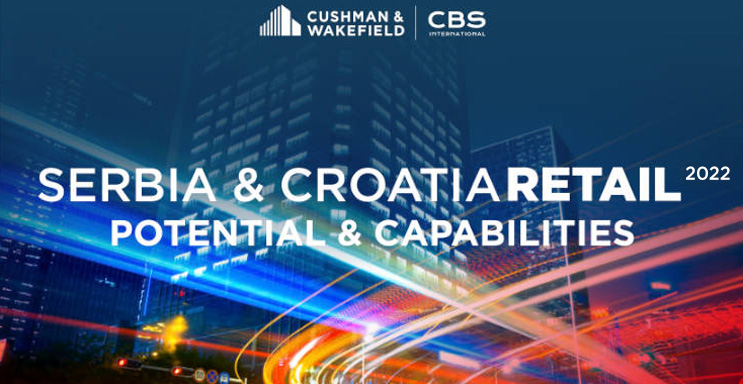
Retail formats evolution – from shopping centers to retail parks
Although shopping centres formed the basis for the development of the retail market in Serbia, the interest in other formats, i.e., retail parks has increased noticeably over time.
In early 2000’s, the prevailing retail schemes were hypermarket-driven shopping formats and the few smaller shops in the attached galleries were merely additional extras. As consumer preferences evolved, the offer of those formats was substantially expanded and enriched by entertainment, gastronomy and leisure amenities. After the first modern shopping centres appeared in Belgrade, big-box retail warehouses and retail parks began to expand, usually on the outskirts of large cities and at secondary locations. Although shopping centres formed the basis for the development of the retail market in Serbia, the interest in other formats, i.e. retail parks has increased noticeably over time.
Shopping centers are enclosed retail schemes of minimum 5,000 sq m GLA and minimum 10 tenants, offering fashion apparel and shoes, home furnishings, electronics, kids’ fashion and toys, luxury goods, entertainment and F&B, that are centrally managed and owned by a single owner, typically with on-site parking provided.
Retail parks are centrally managed open-air schemes, usually configured in a straight line as a strip, L or U shape, that comprises mainly medium- and large-scale specialist retailers, providing ample on-site paved parking in front of the stores. The GLA of these schemes is more than 5,000 sq m, with at least two tenants.
Looking at the differences, shopping centres’ advantages are: the prime location, attractive format for all retailers and brands, higher average rent, larger income for the investors and larger footfall. On the other hand, the development of these schemes is longer, the construction costs are higher, and usually there are no possibilities to be developed in phases. When it comes to retail parks, lower initial investment, shorter construction period and possibility to be developed in phases are the key drivers of growing investors’ interest into retail parks throughout Serbia. One stop shopping, easy access, ample parking and wide range of retailers offering value for money brands are the key factors attracting customers to this retail format. On the other hand, these formats could be unattractive for certain brands or categories, usually have lower number of visitors and the income for the investors is usually lower due to lower rents.
In the period when the time is often of a greater value than material things, the need for easy and quick shopping rises. This trend is reflected in the growing share of online sales and the increasing popularity of smaller, convenience-based formats, where consumers are able to satisfy their basic needs in a shorter period of time.








